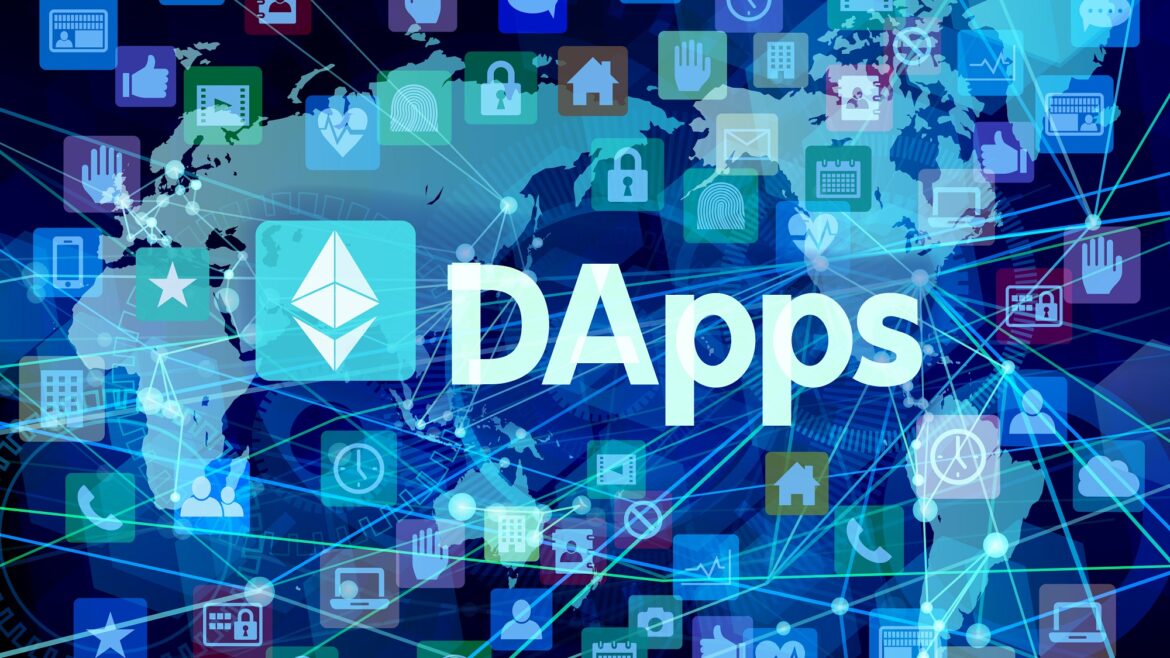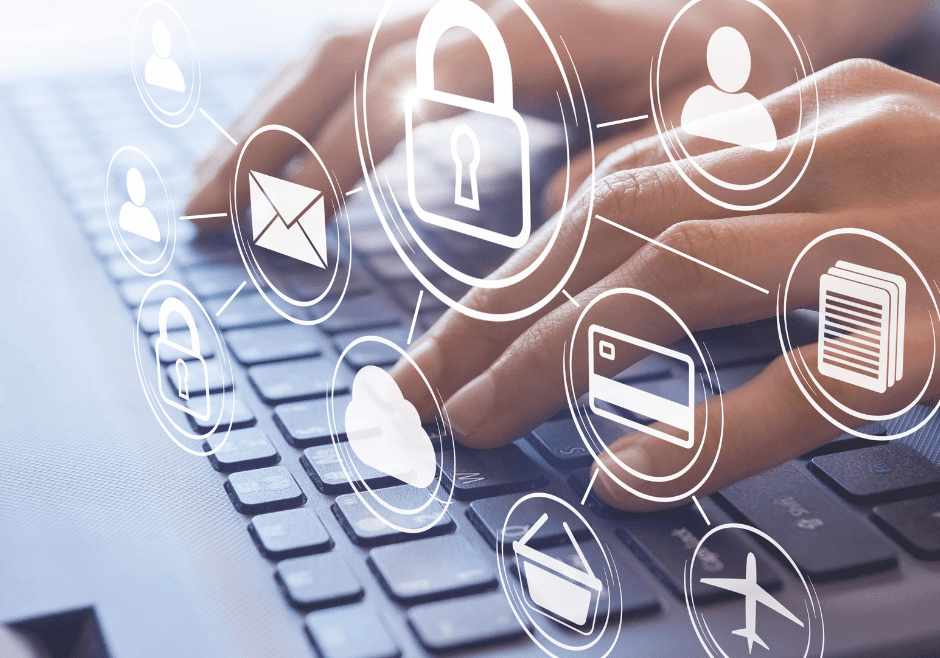Why You Need to Know What a dApp Is
Most apps today run on centralized networks. While centralization is efficient, it generates huge amounts of user data for unwanted exposure to hacking, clickbait and third parties profiting from stealing your data. DApps are stored across many distributed computers or nodes that make up a blockchain network.
Data security issues have generated interest in peer-to-peer solutions, which eliminate intermediaries and prevent data collection by blocking ads and trackers, letting you control your data and how it’s used. DApps can help businesses reduce the barriers preventing customers from accessing services, affording a competitive advantage.
Without a central authority, blockchains use consensus mechanisms to ensure the validity of transactions. The entire network is responsible for verification. There’s no single point of failure, making dApps reliable — blockchain networks span multiple nodes — each would have to fail simultaneously to produce an outage. And dApps are accessible through conventional web browsers.
Many institutions are attempting to improve the efficiency of financial markets by moving to blockchain solutions to develop a more democratized financial paradigm as an alternative to traditional financial services: parallel services without the need for centralized custody or fees from intermediaries. Insurance companies can promote easier settlements and faster payouts. There’s potential to unlock efficiencies in asset trading and settlement, investing, lending and borrowing, as well as real estate — and even health care.
But it’s true, too, that presently dApps need regulatory clarity to be fully effective for real-world payments. Custody activities, asset and derivatives trading, and automatic contract settlements need to be more clearly defined with greater transparency required across the board.
What are the positives of dApps?
- They operate using computing power from different computers, not a central server. DApps don’t require personal information from users to grant access.
- The anonymous nature of dApps makes them guarantee data privacy and increase consumer trust. For example, while cloud storage has improved information storage for business, the trade-off is lower data safety.
- Malicious individuals can target data silos and take over company databases.
- Blockchain-powered apps ditch this arrangement, relying on distributed computing systems. Accessing stored files would require hacking the entire network, which is difficult if not impossible. The data stored can only be decrypted by those with access to the cryptographic keys.
- They improve customer privacy, better data safety, reduced downtime — there’s no single point of failure, preventing service interruptions and reducing application downtime.
Know the full story
Instead of using a username and password, you access decentralized applications with a private and public key, which can be awkward. Other possible drawbacks:
- It’s not easy to modify the source code after deploying it — it’s difficult to launch a dApp and add new features to encourage scalability and maintenance. Developers can’t fix bugs and improve the system unless each peer on the network updates its node software.
- There are major risks that need to be mitigated before decentralized finance can substantially displace traditional finance. There’s potential for growth, but a whole host of risks remain. Financial institutions and central banks are exploring how to combine the innovative aspects of decentralized finance with appropriate safeguards.
Basic governance requirements — especially in risk management — need to be mandated. Crypto asset investors and other stakeholders have seen risks from weak regulation and governance. It seems apt to compare dApps to the early days of the internet. DApps may seem mainly unproven, and skepticism is high, but there’s the promise of useful innovations.
Networks will have to gain scale and there needs to be interoperability across networks. DApps are open source, meaning that anyone can examine the inner works to ensure there are no hidden dangers; if the dApp isn’t up to par, the community can duplicate and launch an alternative version, giving developers a solid incentive to play fair, which isn’t often the case with standard apps.
This is just an introduction to a complex and rapidly growing field. To see whether dApps are right for you, work with IT and financial professionals.
©2023
Sign up for PeepTek Solutions’ Newsletter




